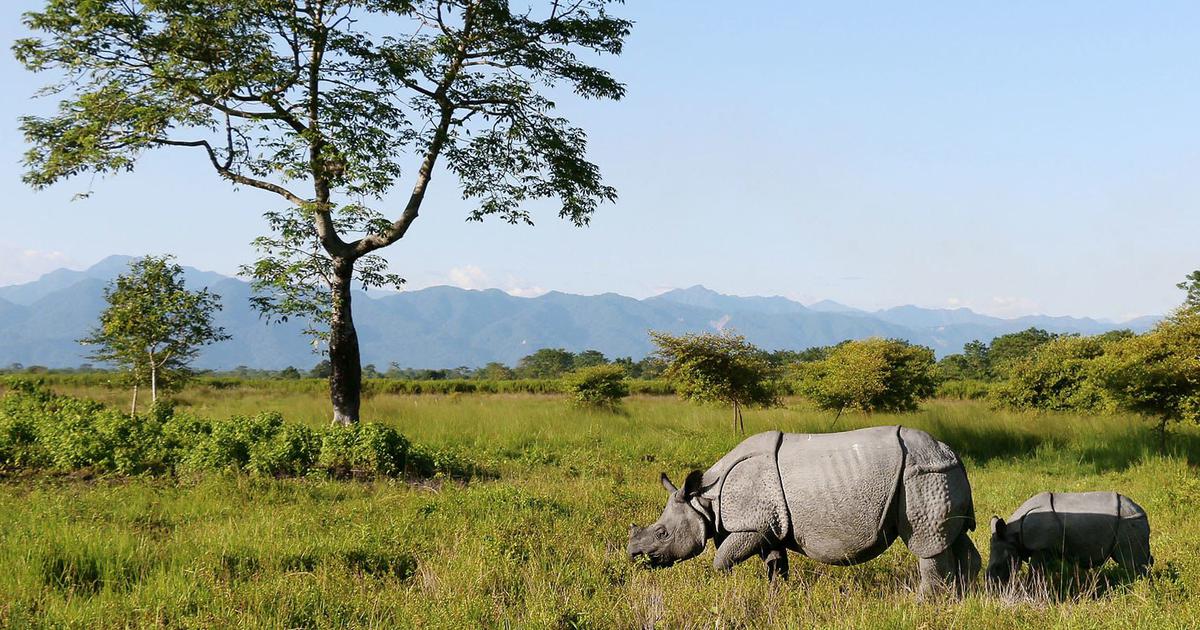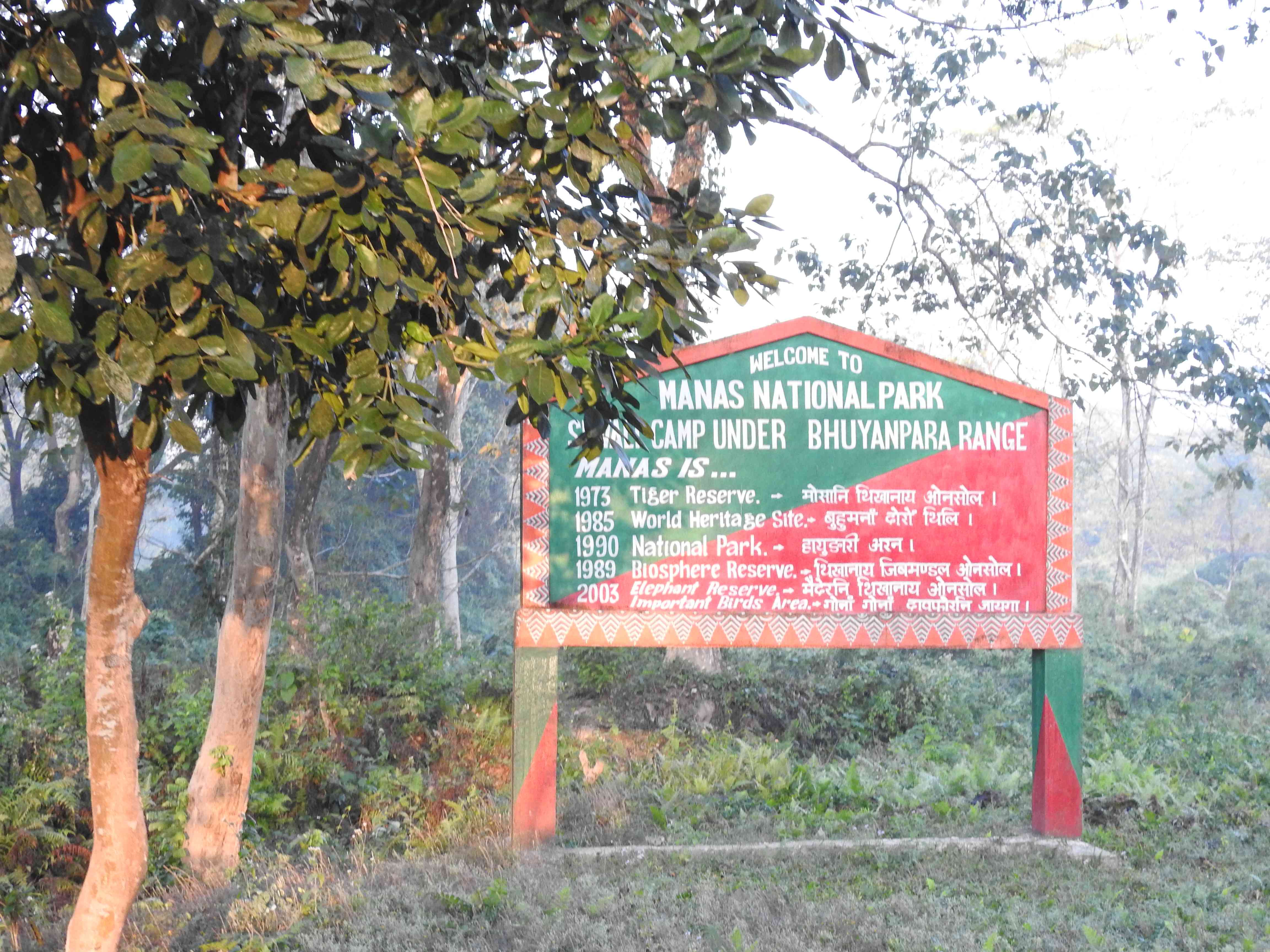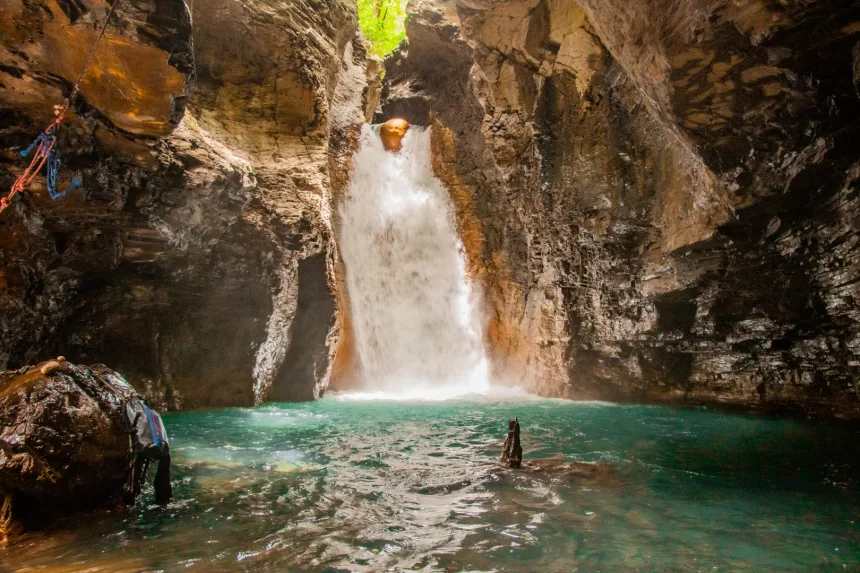Two decades later, wildlife has returned to national park caught in Bodoland conflict

Join our WhatsApp Community to receive travel deals, free stays, and special offers!
- Join Now -
Join our WhatsApp Community to receive travel deals, free stays, and special offers!
- Join Now -

For two decades, armed conflict in Assam’s Bodoland region turned Manas National Park from a UNESCO World Heritage Site into a battlefield. Forest guards fled, poachers moved in, and over 40% of the park’s primary forests were cleared for farms and settlements. Tigers, rhinos, elephants and deer vanished or hovered on the brink of extinction.
Between the late 1980s and early 2000s, civil unrest between Bodo insurgent groups and the state government spilled deep into Manas. Rebels targeted forest department personnel and infrastructure, crippling the Park’s management systems. With protection gone, poaching surged, habitats degraded, and wildlife populations collapsed.
Now, nearly 20 years after peace returned, a new study by researchers from the Wildlife Institute of India tells a rare story of ecological resilience but also warns of troubling declines in key prey species.
The study assessed the post-conflict recovery of endangered prey-predator guilds and recorded high densities of elephant, wild buffalo, and tiger compared with the 2015 baseline data. While the density of gaur, sambar, and barking deer seemed stable, the populations of hog deer and wild pig showed a sharp decline.
The recovery path
Manas National Park, which serves as an important transboundary conservation landscape, encompassing several protected areas in northeastern India and southern Bhutan, witnessed a sharp...
Read more
What's Your Reaction?
 Like
0
Like
0
 Dislike
0
Dislike
0
 Love
0
Love
0
 Funny
0
Funny
0
 Angry
0
Angry
0
 Sad
0
Sad
0
 Wow
0
Wow
0























































